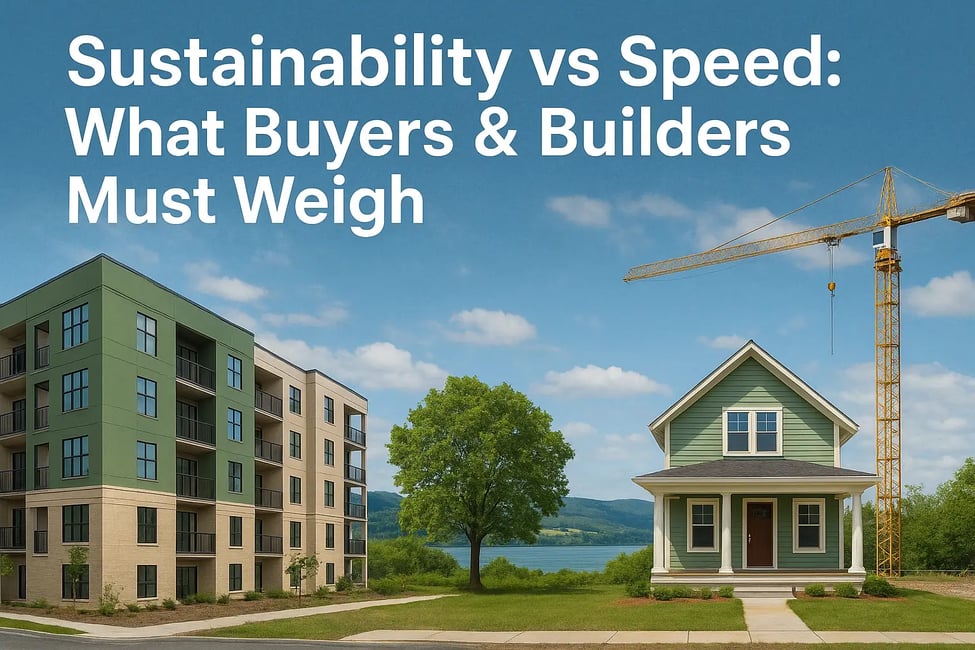Ontario’s housing market is at a crossroads. With the provincial government pushing to accelerate construction through legislation like the More Homes Built Faster Act and the Protect Ontario by Building Faster and Smarter Act, the goal is clear: get more homes on the market quickly to meet soaring demand. But speed comes at a price — and for many, the price is environmental sustainability.
The Push for Speed
Ontario has been grappling with a housing shortage for years, and rapid population growth, particularly through immigration, has only added to the pressure. To address this, the provincial government has taken steps to streamline approval processes, remove certain municipal zoning barriers, and incentivize developers to build quickly. Minister’s Zoning Orders (MZOs) have been used more frequently, allowing the province to fast‑track developments that might otherwise face lengthy delays at the municipal level.
For buyers, this should mean more options and potentially more affordable housing as supply increases. But critics argue that this rush to build can come at the expense of careful planning and community input.
The Case for Sustainability
At the same time, demand for environmentally conscious housing is growing. Today’s buyers — especially millennials and Gen Z entering the market — are increasingly asking about energy efficiency, green certifications, and carbon footprints. Sustainable building practices not only reduce environmental impact but can also lower long‑term costs for homeowners through better insulation, solar integration, and water conservation systems.
Environmental groups and some municipalities have voiced concern that provincial legislation overrides local green building standards, weakens protections for wetlands and green spaces, and could contribute to urban sprawl.
The Balancing Act
The challenge is clear: Ontario needs housing, but it also needs to build communities that will stand the test of time — environmentally, socially, and economically. A purely speed‑focused approach risks creating developments that may not meet future energy efficiency standards or that could strain local infrastructure.
For buyers, this means doing their homework. When considering a new home, ask questions about:
Energy efficiency ratings (e.g., EnerGuide or Energy Star)
Building materials and whether they are sustainably sourced
Access to public transit or active transportation infrastructure
Community planning — does the development include green space, walkability, and essential services?
A Way Forward
The ideal solution lies in finding a middle ground. Faster construction can coexist with sustainability if builders embrace innovative practices such as modular construction, net‑zero design, and low‑impact development techniques. Governments can encourage this by offering incentives for green building and by ensuring that streamlining processes do not compromise environmental protections.
Ontario’s housing future depends on both supply and sustainability. As buyers and builders, the choices made today will shape the communities of tomorrow — and the planet they sit on.
A Collingwood Reflection
In a place like Collingwood, where natural beauty is part of the town’s identity, this conversation feels especially personal. The escarpment, Georgian Bay, and surrounding trails remind us daily why preserving green space matters. Growth is coming — new subdivisions, condos, and commercial projects — but the challenge is to welcome that growth without losing what makes Collingwood special. Thoughtful planning, sustainable building, and respect for the natural landscape can ensure that Collingwood continues to be a place where both people and nature thrive for generations to come.

